Mitsukoshi in Sakae: A Fusion of Tradition and Innovation
The Sakae area in central Nagoya is a vibrant shopping district. The Sakae Underground Mall is a 1.5 km underground shopping arcade with more than 200 shops. It is directly connected to the underground and JR lines, making it a pleasant place to enjoy shopping even on rainy days, and its barrier-free design allows wheelchairs and prams to move smoothly.
The confectionery floor of Mitsukoshi is known for its wide selection and high quality. Genkitchoan and Toraya, which have inherited traditional techniques, offer sophisticated wagashi of the four seasons. Genkitchoan also specialises in confectionery made with abundant fruit, while Toraya is famous as a purveyor to the Japanese Imperial Household.
You can taste the changing seasons with lovely confectionaries with cherry blossom motifs in spring and cool kuzu confectionaries in summer.
Traditional Confectionery Masters: Genkitchoan and Toraya
Genkitchoan was founded in Kyoto in 1625 and Toraya in Edo in 1834. Both are long-established confectioners with a history of more than 200 years.
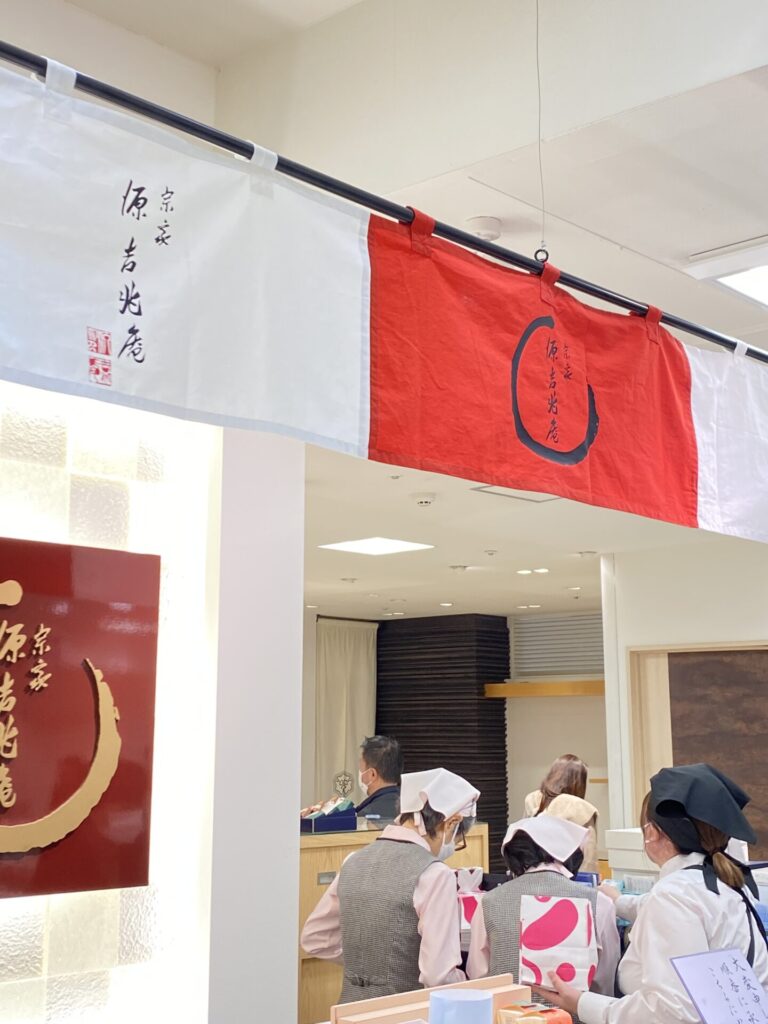


Genkitchoan’s representative confectionery products are yokan (sweet bean curd) and chestnut buns. Many of the confections are made from fruit and have become increasingly popular in recent years. The harmony between the sweetness of the fresh fruit and the elegant red bean paste is truly exquisite. Carefully selected ingredients are used to create these gems, which are beautiful to look at and a condensation of traditional Japanese aesthetics and craftsmanship.
On the other hand, Toraya is represented by yokan and kompeito.
Toraya reigns supreme in Japanese confectionery with its delicate taste and artistic beauty, not to mention its prestigious status as the official purveyor to the Japanese Imperial Household.
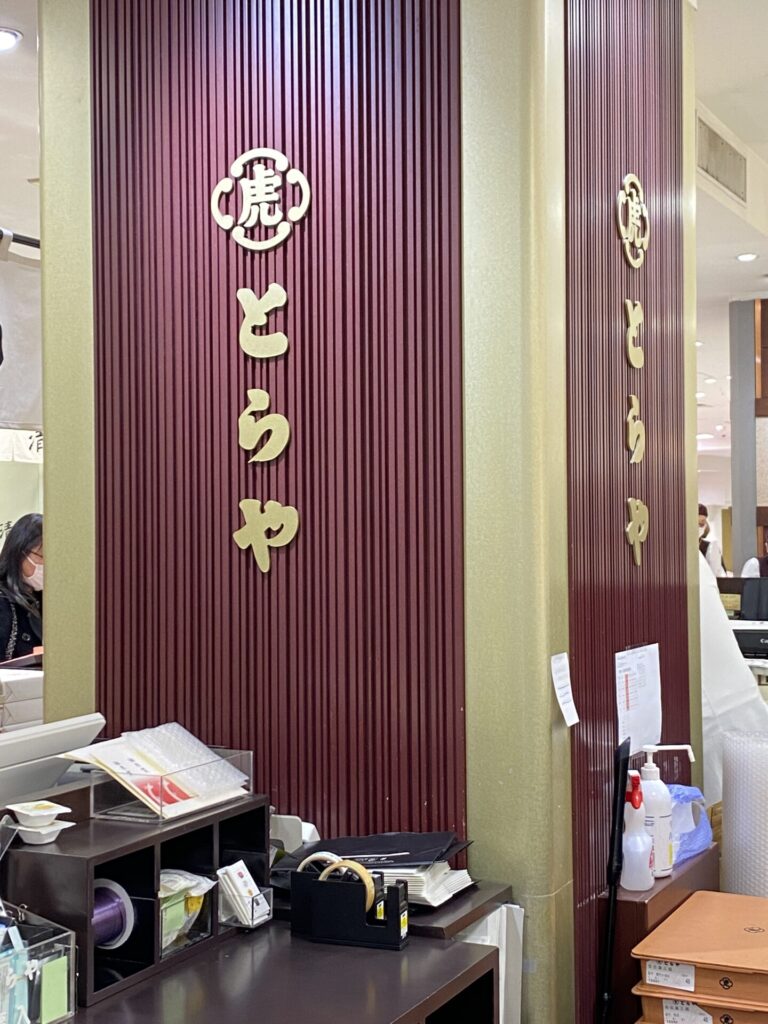
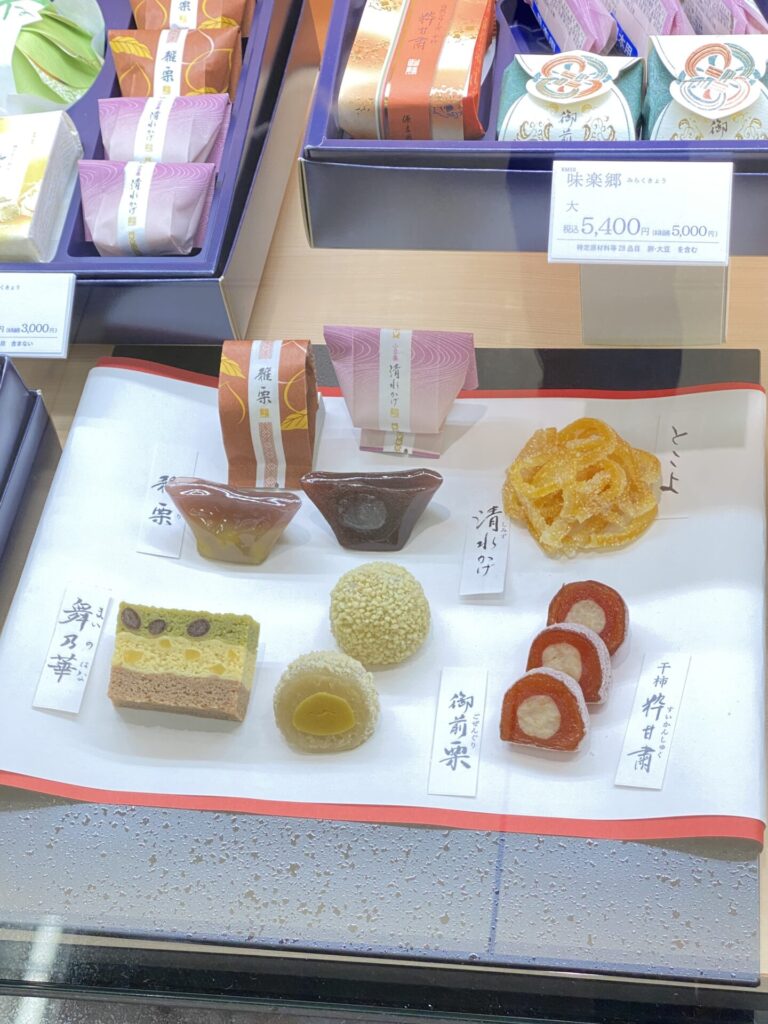


Genkitchoan and Toraya continue to evolve in line with modern tastes while inheriting tradition. Enjoying the depth of Japanese confectionery will deepen your understanding of Japanese culture and tradition.
The sweets I bought
In the end I bought not these high-end sweet treats, but cheaper, more common sweets from supermarkets that the average university student would buy.
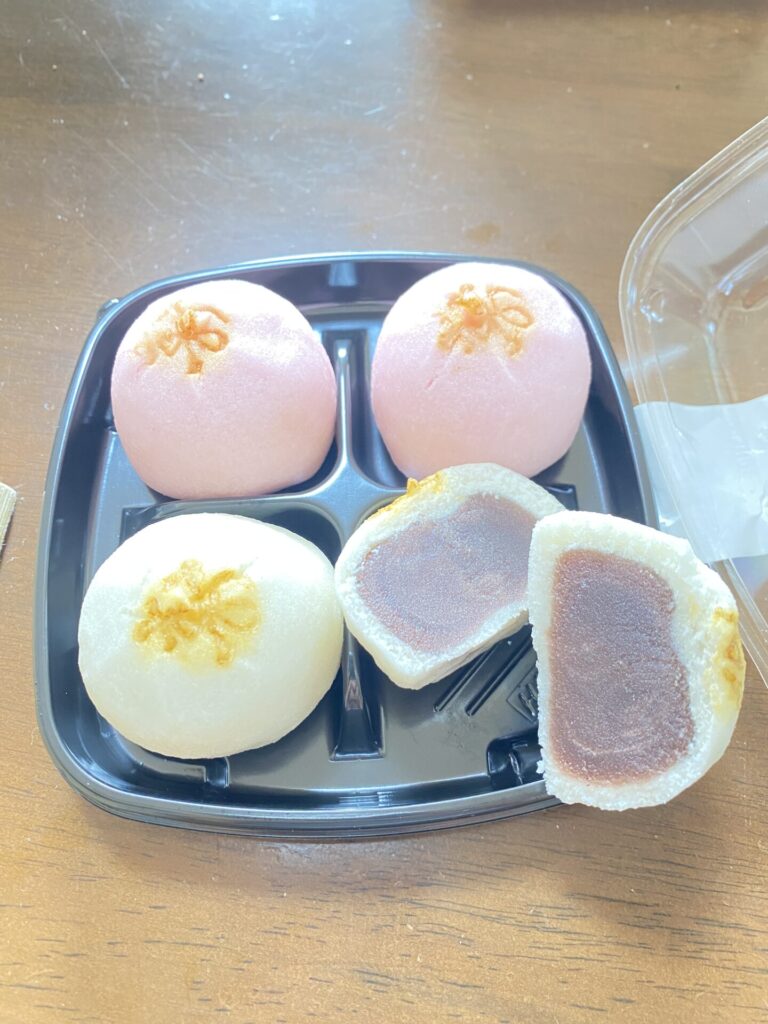
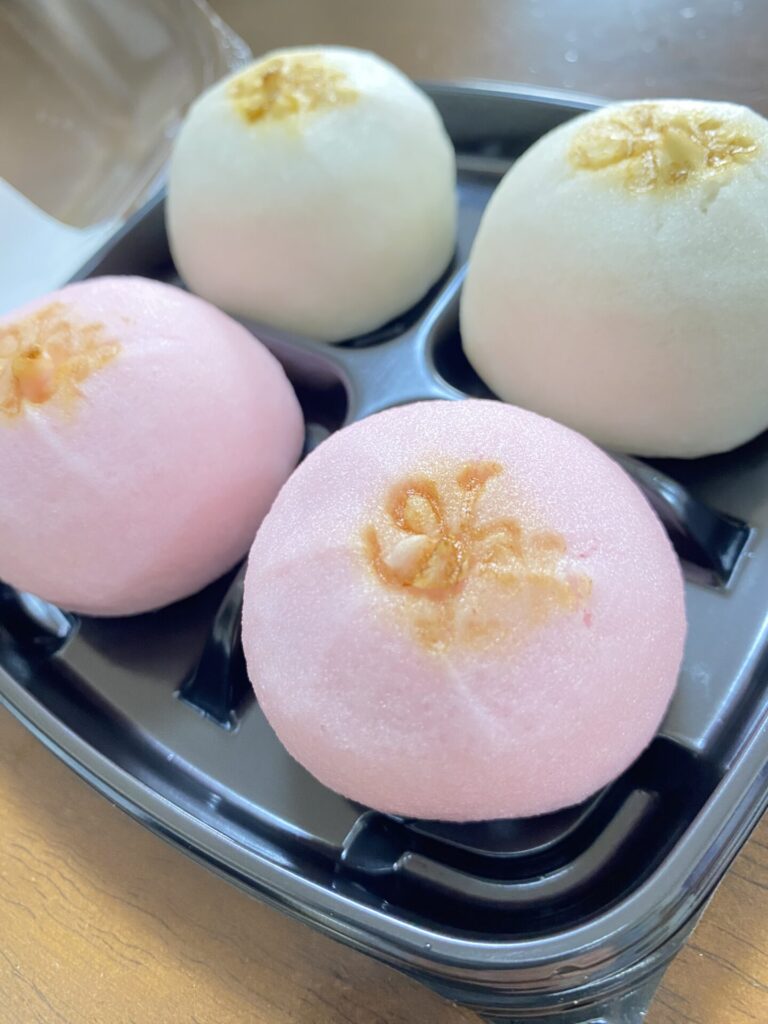
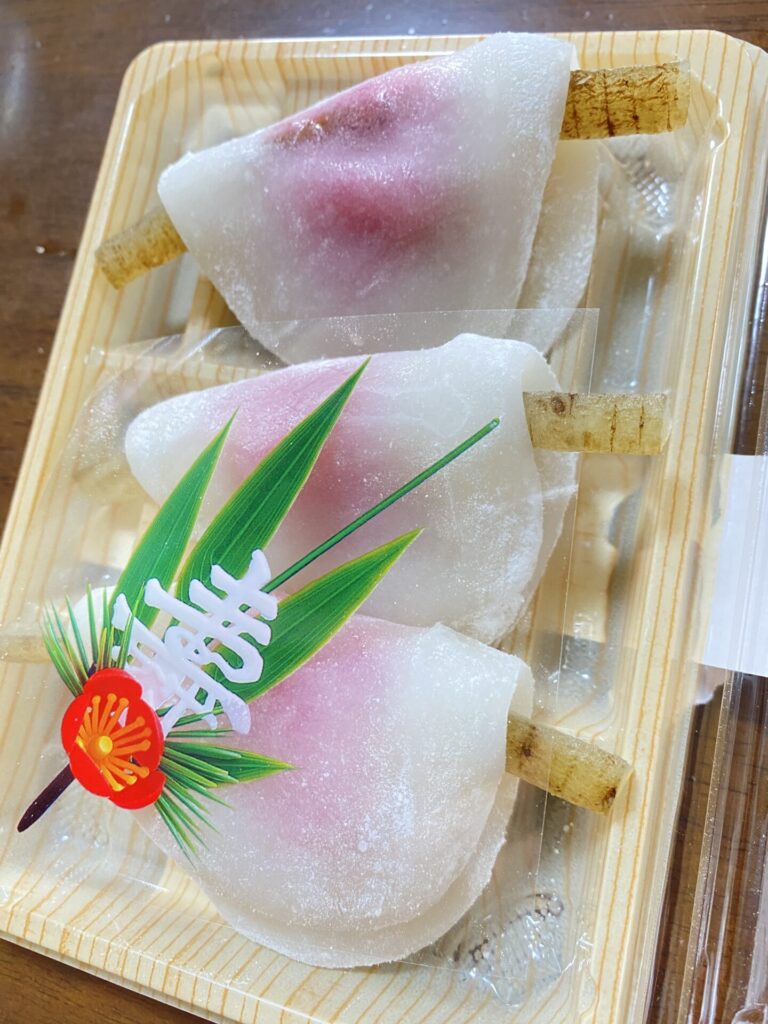
The Chinese character for ‘Kotobuki’, meaning celebration, is placed as a decoration. This is a special seasonal addition for New Year’s Day.
They were cheap but tasty.



コメント